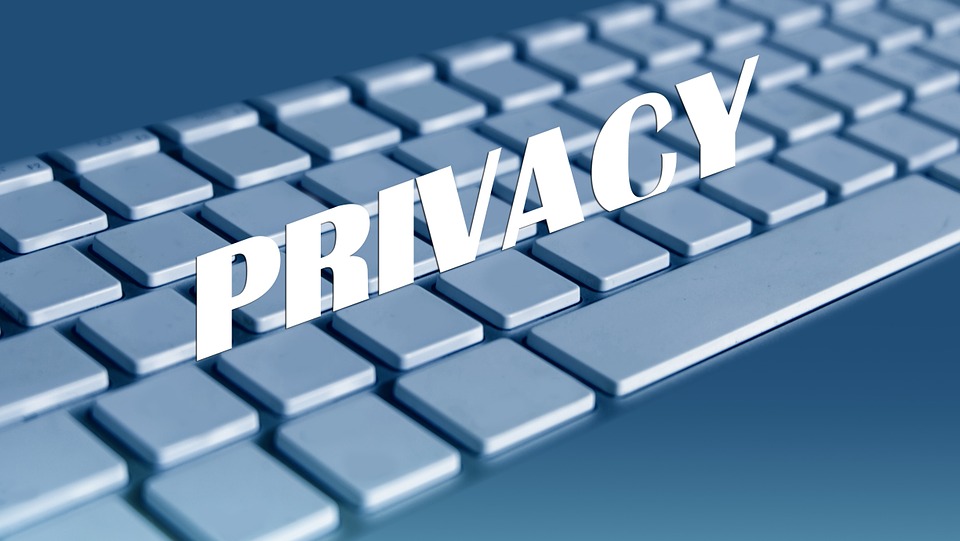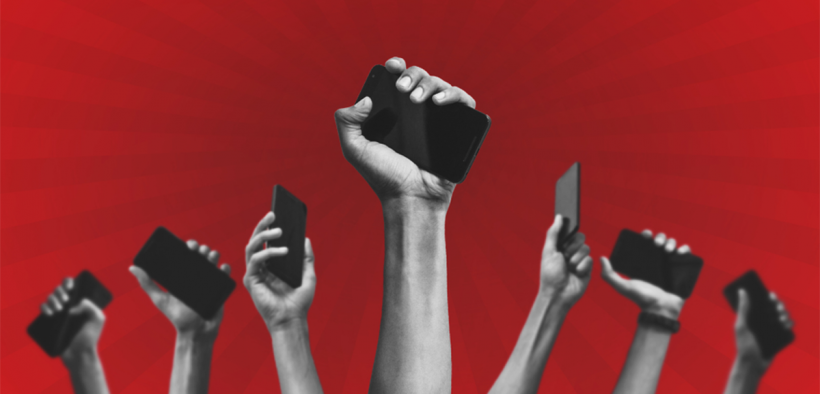The public sector and middle Australia have long had an issue of trust. The Australian Prime Minister championed the term ‘trust deficit’ in 2019, using the term to describe issues of trust between Australia and China, the Labor Party and voters and middle Australia as a whole.
Trust is the core foundation of any relationship, and the relationship between the public sector and middle Australia has strained beyond belief. However, there is one solution. It is free, doesn’t ask for leave and never gets sick. That solution is, of course, social media.
Social media is a tool that the public sector needs to utilise as it could be the most valuable communication tool they could ever use in the post-modern technological era. As unfortunate as it is, no one is watching the news anymore and no one is reading articles.
Therefore, if a politician was aiming to target a mass audience, social media is the platform that should logically be utilised.
Social media, if used effectively, has long been the difference between divided audience perception and undivided audience perception. An analogy is if you’re told about a new store and or restaurant you are more likely to purchase from or eat at a store or restaurant that has active social media channels.
This analogy is proven in a study by Small Business Trends, a media company with over 2 million unique readers. Small Business Trends found that over 90% of consumers only trust companies that utilised social media effectively.
This isn’t to say the public sector is a company and middle Australia are the customers but public sector organisations can learn a thing or two from the corporate world.
Social media is your friend and should be effectively established within your communications. For the public sector to truly close the ‘trust deficit’, three areas need to be considered and managed;
- Establishing All Necessary Social Media Channels
- Aiming To Effectively Grow Each Social Media Channel
- Offering A Two Way Symmetrical Form Of Communication For Each Social Media Channel
Establishing All Necessary Social Media Channels
This stage of closing the ‘trust deficit’ is crucial. As an individual working within the public sector, you have to understand what social media channels your target audience with who you communicate day in and day out are using.
Gone are the days where Facebook is considered the apex of all social media channels. Fast Company, a business media brand from the US, has stated that Facebook usage has dropped over 26% since 2017. Nevertheless, Facebook is still fairly popular generating 15 million monthly visitors.
However, Instagram is catching up fast doubling its user base in Australia from 4.5 million last year to 9 million in 2019. LinkedIn or ‘Facebook for professionals’ has picked up exponentially with over 4 million monthly visitors. Twitter has unfortunately not become a part of the social media culture like it has in the United States generating 3 million monthly users.
The sheer magnitude of social media users within Australia is proof enough that the public sphere has moved onto their phones for any sources of information regarding news and politics. Therefore, utilising all major social media channels is crucial in this day and age as it lets people know they can receive communication from the public sector on any of the countless social media channels they so desire.
This enables the public to create a sense of trust for the public sector because they have made all avenues of communication available.
Aiming To Effectively Grow Each Social Media Channel
Simply creating the appropriate social media channels isn’t even half the task. In 2019, the public sector must know where to post specific forms of communication and where not to post them.
For example, lengthy posts should not be on Instagram. Anything too detailed for a 10-second story or Instagram caption should not be posted on Instagram.
In this case, utilising Facebook or Twitter is effective because you can stretch out a message across a series of tweets and possibly become trending through hashtags, gaining free publicity for your message.
These rules of social media etiquette may seem trivial but they are the difference between effectively growing your social media channels and remaining stagnant. People do not go on Facebook for pictures anymore; they go to Instagram. People don’t go onto Instagram for long-winded messages; they go to Facebook and or Twitter.
The public sphere is easily turned away from pages that break social media etiquette. Especially millennials who are the largest users of social media in Australia, with over 99% of millennials using social media on their phones.
For examples of effective social media use, look no further than that of Kevin Rudd. Yes, his political career as Prime Minister is one of the leadership spills and on-air stuff-ups. However, his 2007 run for Prime Minister was one of the first real social media political campaigns of its time.
Kevin Rudd grew a considerable number of followers through his use of the Kevin07 slogan which was plastered all over Facebook and MySpace, the two most prominent social media channels of the era. Now it is not to say that Kevin Rudd was successful in winning the election because of social media. However, he was the first politician to be truly understanding of where the culture was heading and effectively used the platforms to his advantage.
To this day Kevin Rudd is the most followed Australian politician on Twitter with over 1.5 million followers. Nevertheless, Rudd is no Obama who has generated some of the most liked Tweets in human history.
Offering A Two Way Symmetrical Form Of Communication For Each Social Media Channel
The most important area to remember about social media use is that you can be utilizing all the correct social media channels, and have the continuity in posting habits to become a champion of social media within the public sector. However, this all goes to waste if there is no sense of two-way symmetrical communication.
Two-way symmetrical communication is a PR term defined by the communication method placing emphasis on open-ended communication where the public sphere posts a question and the public sector answers accordingly.
Social media is about connecting the world through communication. The public sector will continue to increase the ‘trust deficit’ if social media communication doesn’t shift into a two-way symmetrical model. This means giving the public sphere opportunities to engage with politicians through Twitter Q&A’s utilising hashtags and Instagram live videos where a few questions are answered.
Expecting the generation that thrives on social media confirmation to align with protocol and email an automated email responder will not cut it. Communication needs to be addressed effectively. No one is saying to sit at your phone all day and answer questions. That’s what a social media coordinator or manager is for: to gain an understanding of your wording and mannerisms, effortlessly answer questions on your behalf and take control of your social media communication.
Conclusion
Social media is a new tool that isn’t yet mastered by all. However, mastering social media is more than possible as long as you establish, aim and offer.
Establish all necessary social media channels, aim to effectively grow each social media channel and finally offer a two-way symmetrical form of communication for each social media channel.
Currently working as a freelance journalist for Chattr, Hatch, Bubble Magazine and Public Spectrum. Specialising in politics, sports, music and film. As well as pop culture as a whole. Continuing my education by studying for a Bachelors of Journalism at Macleay College after graduating from UTS with a Bachelors Degree in Public Communication.






























































